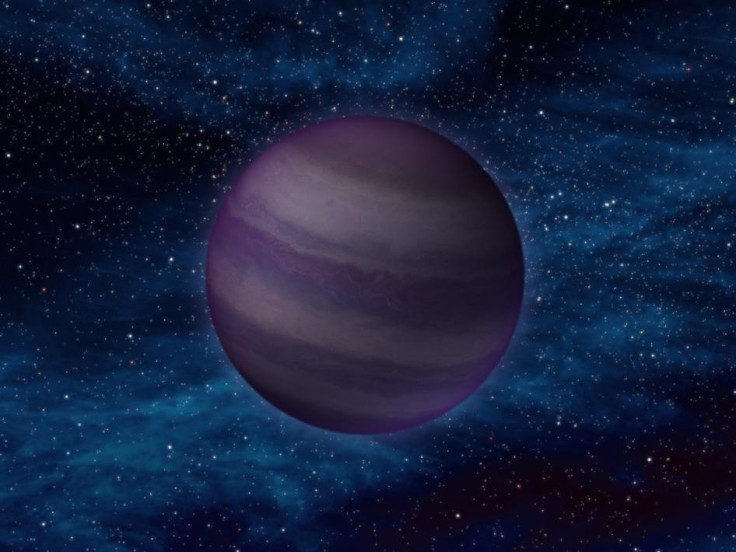NASA Wise Mission Detects Coolest Stars Ever Discovered

Using their Wide-field Infrared Survey Explorer, NASA scientists have discovered a new cool class of star-like bodies, some of which emit heat around human body temperature.
The "dark orbs" are officially designated Y dwarfs and are the coldest member of the brown dwarf family of stars.
NASA said that after more than a decade of searching, scientists had spotted evidence of six Y dwarfs in relatively close to solar system, approximately 40 light years away.
The dwarfs were spotted when scientists used the WISE's infrared vision to spot faint glows surrounding them.
"WISE scanned the entire sky for these and other objects, and was able to spot their feeble light with its highly sensitive infrared vision," said Jon Morse, Astrophysics Division director at NASA Headquarters in Washington. "They are 5,000 times brighter at the longer infrared wavelengths WISE observed from space than those observable from the ground."
Among the six Y dwarfs, one designated WISE 1828+2650, is believed to be the coldest brown dwarf ever discovered with an estimated atmospheric temperature of less than 80 degrees Fahrenheit.
Brown dwarfs, commonly referred to as failed stars, are stars that are too low in mass to sustain hydrogen-1 fusion reactions in their cores, meaning that rather than burning brightly for billions of years, they instead cool and fade.
The cool "failed stars" have long been the subject of scientific interest for their potential to grant further insights into the atmospheres of planets outside the Earth's solar system.
The new Y dwarfs add to the growing number of brown dwarf stars discovered by WISE's during its last survey of the sky. In it WISE scanned the entire sky around 1.5 times and discovered as many as 100 new brown dwarfs.
NASA said it is still processing and examining WISE's data.
© Copyright IBTimes 2025. All rights reserved.





















